
hotline:
17715390137
Tel/Wechat:
18101240246 (Technology)
0512-68565571
Email:mxenes@163.com (Sales Engineer)bkxc.bonnie@gmail.com
Scan the code to follow or search the official account on WeChat:
2D Materials Fronrier After paying attention,
click on the lower right corner to contact us,
Enter enterprise WeChat.
Professional Services Online

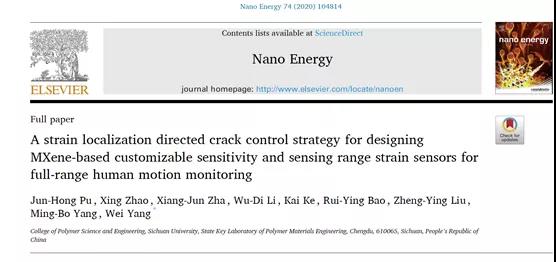

Strain sensors, as one of the important components of wearable electronic devices, have attracted great attention in the past decade due to their wide application in the fields of healthcare, human-machine interface, e-skins, rehabilitation and Internet of Things. Commercial wearable electronics, such as glasses, smartwatches, wristbands and fitness trackers, have seen rapid growth in technology and the market over the past few years. However, their core functional components are made of rigid sensors and other hard electronic devices, so skin flexibility is unsatisfactory. In order to promote the clothing integration, skin attachment and human body implantation of the strain sensor, higher requirements are put forward for the sensitivity, ductility, flexibility and stability of the strain sensor. In the past few decades, electroactive materials, new structural design, device manufacturing process, mechanism optimization and so on have been extensively explored to achieve a full range of human movement monitoring, but there are still tradeoffs between sensitivity and sensing range. In other words, increased sensitivity usually comes at the expense of narrowing the range of sensors, and vice versa.

Recently, Professor Yang Wei from Sichuan University published an article entitled "Nano Energy" in an internationally renowned academic journal. A strain localization crack control strategy for designing mxene-based Customizable sensitivity and sensing range strain sensors for full-range Human Motion Monitoring. A novel and feasible strategy based on the strain localization induced fracture mechanism is proposed to fabricate strain sensors with two typical crack patterns. Specifically, the M-sensor with a microcrack pattern sensor layer has a strain coefficient (GF) of 1.3 in a wide sensing range (0-100%) dominated by tunnels and failure models, suitable for monitoring large human movements such as joint movements. In contrast, a new sensing structure was used to generate strain localization in a separation network consisting of loose TiO2 nanoparticles between adjacent MXene sheets. Under small strain, the crack is easy to propagate between TiO2 particles and pass vertically through the whole sensing layer. Therefore, the corresponding T-sensor shows high sensitivity under small strain and can monitor subtle deformation such as speech and pulse. Theoretical fitting analysis shows that the high sensitivity to small strain is derived from the sensing mechanism of overlapping model and tunnel model. In addition, a compound sensor (C-sensor) is also proposed in this paper. By coupling the two sensors together, normal joint flexion monitoring and over-extension warning can be realized to help people avoid damage to the hinge joint of knee or elbow. The crack control strategy is essentially independent of the component material and based on strain localization control. Therefore, it is suitable for the design of other stretchable strain sensors for wearable electronic devices.

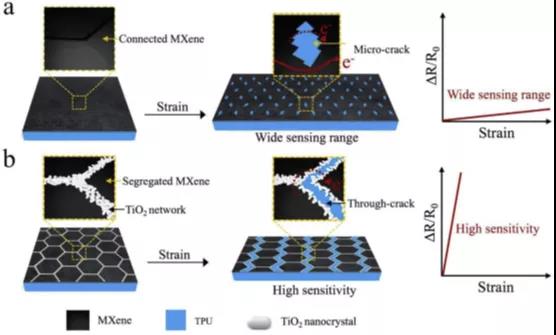
FIG. 1. Schematic diagram of sensor structure, sensing mechanism and properties.
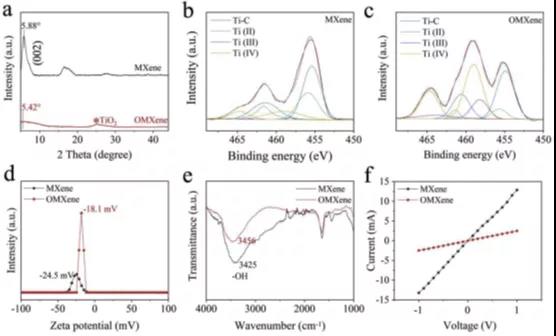
Figure 2. Physical characterization analysis of different samples.
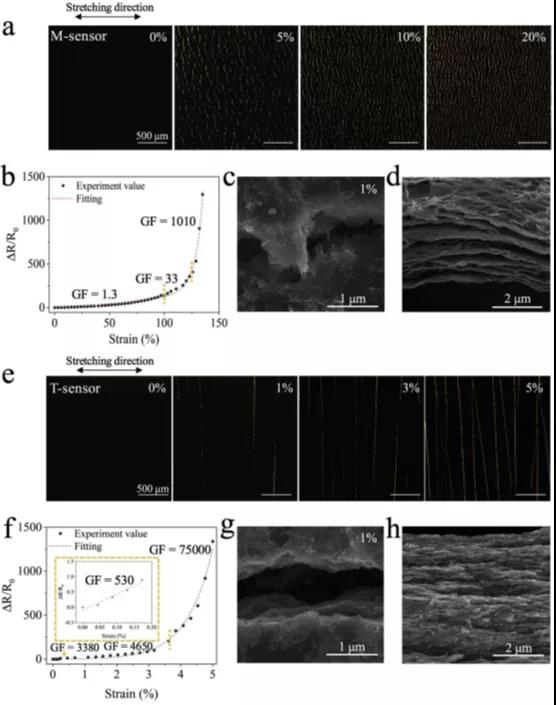
FIG. 3. Electron microscopy of the sensor under different tensile strains.
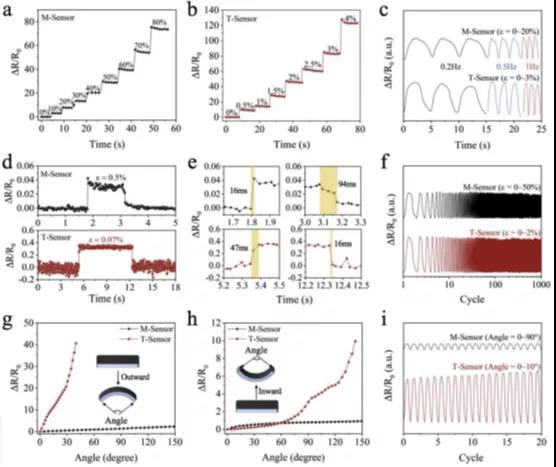
Figure 4. Sensor performance characterization.
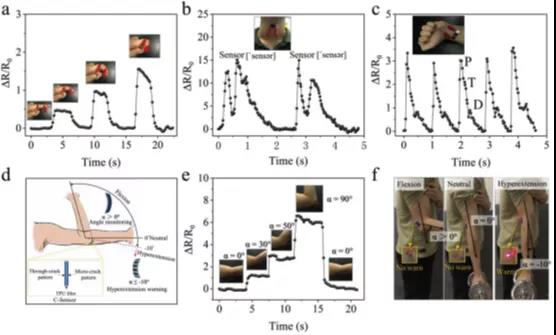
Figure 5. Monitoring of human activity at different amplitudes.

To sum up, this paper proposes a new concept from the perspective of the mechanism of strain localization induced fracture. Customizable sensors are manufactured and used to meet specific requirements, resolving the contradiction between the sensitivity and sensing range of the manufactured and used performance balancing sensors. By introducing a loose separation network structure into the strongly interacting sensing layer, strain de-localization is effectively transformed into strain localization, and two typical sensing layers with microcrack and permeable crack modes are easily made. Therefore, M-sensor shows stable sensitivity within a wide sensing range (within the strain range of 0-100%, 100-125% and 125%-135%, GF is 1.3, 33 and 1010, respectively), which belongs to tunnel and failure model. T-sensor (within the range of 0-0.175%, 0.175%-0.45%, 0.45%-3.6% and 3.6%-5%, GF is 530, 3380, 4650 and 75000 respectively) has a high sensitivity in a small strain range, which is due to the role of overlapping model and tunnel model. In addition, they have good sensing performance, including flexibility, fuzzy drift, frequency stability, quick response and relaxation time, and long-term durability. It is feasible to use sensors selectively for directional deformation detection to realize the demonstration of omni-directional human motion monitoring. This concept and idea paves the way for innovation in the creation of wearable sensors to detect the full range of human movements, soft robots, human-machine interfaces and electronic skin.
Literature link:
https://doi.org/10.1016/j.nanoen.2020.104814.
Source: MXene Frontie
This information is from the Internet for academic exchange only. If there is any infringement, please contact us to delete it immediately

| Reminder: Beijing Beike New Material Technology Co., Ltd. supplies products only for scientific research, not for humans |
| All rights reserved © 2019 beijing beike new material Technology Co., Ltd 京ICP备16054715-2号 |